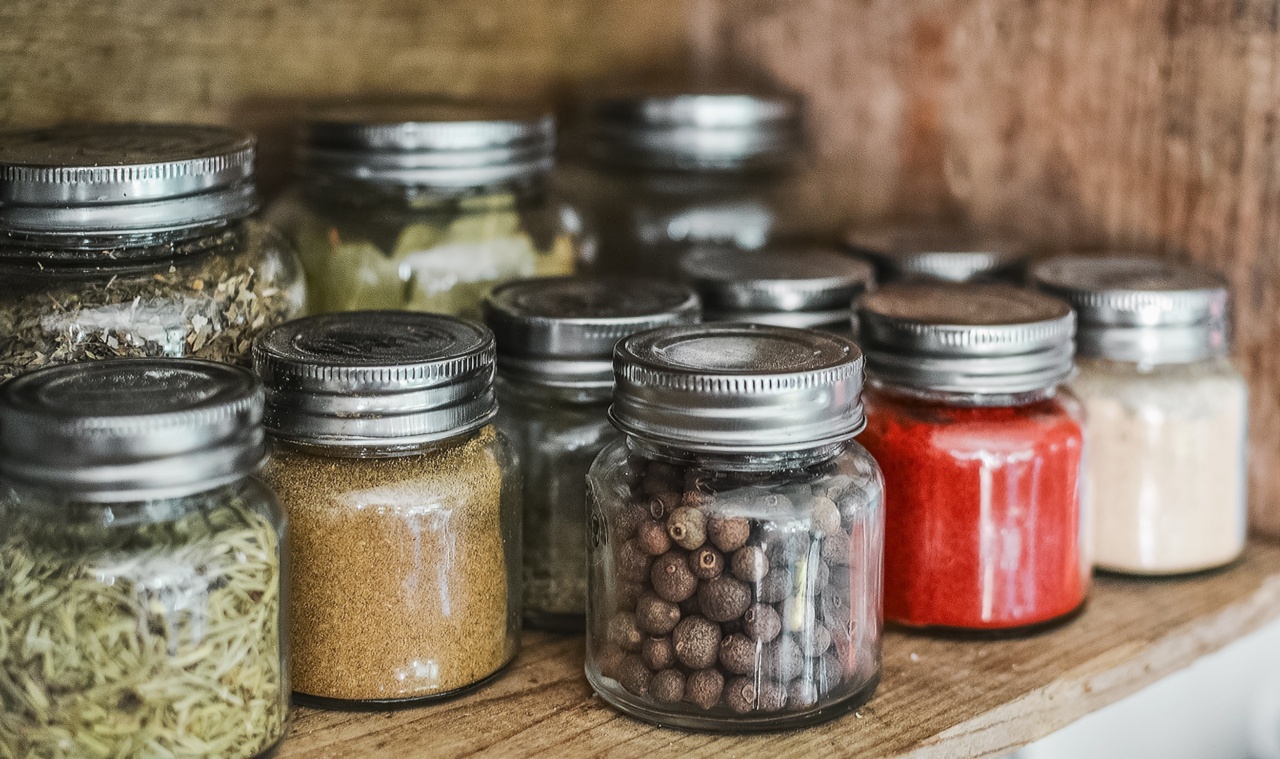If you love cooking and want to enhance the flavor and freshness of your dishes, growing your own culinary herbs at home is a fantastic idea.
Not only does it provide you with a ready supply of aromatic herbs right at your doorstep, but it also adds beauty to your garden or kitchen windowsill. Whether you have a large backyard or a small balcony, you can easily grow these four culinary herbs and elevate your culinary creations to a whole new level. Let’s delve into these herbs and their growing requirements.
1. Basil
Basil is a versatile herb that adds a unique flavor and aroma to various dishes, especially Italian cuisine. The variety most commonly used in cooking is sweet basil, with its bright green leaves and slightly peppery taste.
Here’s how you can grow basil at home:.
Choosing the Right Location
Basil requires at least six hours of direct sunlight, so choose a location in your garden or balcony that receives ample sunlight throughout the day.
Soil Preparation
Prepare well-drained soil rich in organic matter. Add compost to improve fertility and drainage.
Planting
Sow basil seeds about ¼ inch deep in rows or pots. Space them around 10 inches apart to allow ample room to grow. Alternatively, you can purchase young basil plants from a nursery and transplant them.
Watering
Keep the soil consistently moist but not waterlogged. Water regularly, especially during dry periods.
Harvesting
You can start harvesting basil leaves once the plant reaches about 6-8 inches in height. Pinch off leaves from the top, just above a pair of healthy leaves, to encourage bushier growth.
2. Rosemary
Rosemary is a fragrant evergreen herb that is known for its robust flavor and pine-like aroma. It adds a wonderful touch to roasted vegetables, meats, and bread. Here’s how you can grow rosemary at home:.
Choosing the Right Location
Rosemary thrives in full sunlight, so choose a sunny spot in your garden or balcony where the plant can receive sunlight for at least six hours a day.
Soil Preparation
Rosemary prefers well-draining soil. If your soil is dense or clayey, add some sand or perlite to improve the drainage.
Planting
Plant rosemary cuttings or young plants in well-prepared soil. Space them about 2-3 feet apart, as they can grow quite large.
Watering
Rosemary is drought-tolerant and dislikes excessive watering. Water sparingly, allowing the top inch of soil to dry out between waterings.
Harvesting
You can start harvesting rosemary sprigs as soon as the plant becomes established. Trim young stems as needed, leaving the woody parts intact to promote further growth.
3. Thyme
Thyme is a small, aromatic herb that has a slightly minty and earthy flavor. It pairs exceptionally well with poultry, soups, and stews. Here’s how you can grow thyme at home:.
Choosing the Right Location
Thyme prefers full sunlight, so select a sunny area in your garden or balcony where it can receive at least six hours of direct sunlight.
Soil Preparation
Thyme thrives in well-draining soil. If your soil is heavy, add some sand or perlite to improve drainage.
Planting
Sow thyme seeds directly into the soil or transplant young thyme plants. Space them about 8-10 inches apart to allow proper airflow and growth.
Watering
Thyme is a drought-tolerant herb and can survive with minimal watering. Water deeply but infrequently, allowing the soil to dry out before the next watering.
Harvesting
Once the thyme plants reach a height of 6-8 inches, you can start harvesting sprigs. Pinch off the top portion of the stems, ensuring you don’t harvest more than a third of the plant at a time.
4. Parsley
Parsley is a popular culinary herb that adds freshness and vibrant flavor to various dishes. It is commonly used as a garnish or incorporated in salads, sauces, and pesto. Here’s how you can grow parsley at home:.
Choosing the Right Location
Parsley thrives in partial shade but can also tolerate full sunlight, especially in cooler regions. Choose a location that receives a few hours of direct sunlight each day.
Soil Preparation
Prepare well-draining soil that is rich in organic matter. Adding compost or aged manure can greatly benefit the growth of parsley.
Planting
Sow parsley seeds about ¼ inch deep in rows or pots. Space the seeds or young plants around 6-8 inches apart to ensure proper growth.
Watering
Keep the soil consistently moist but not waterlogged. Water parsley regularly, especially during dry spells, to prevent wilting.
Harvesting
You can start harvesting parsley leaves once the plant establishes itself. Harvest the outer leaves first, leaving the inner rosette to encourage continuous growth.
Final Thoughts
Growing your own culinary herbs at home is an incredibly rewarding experience. These four culinary herbs – basil, rosemary, thyme, and parsley – not only add amazing flavors to your culinary creations but also offer various health benefits.
Whether you have a lush garden or limited space, these herbs can easily be grown in pots or containers. So, unleash your inner herb enthusiast, and embark on a journey to create delectable dishes using fresh, homegrown herbs!.






























